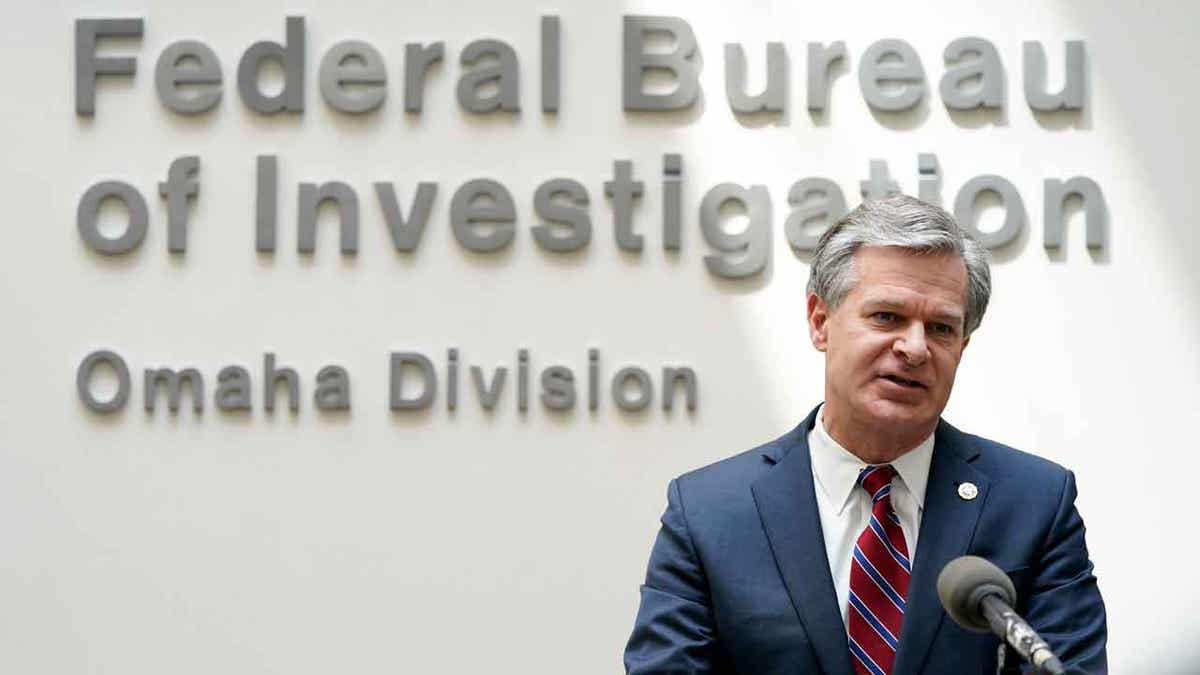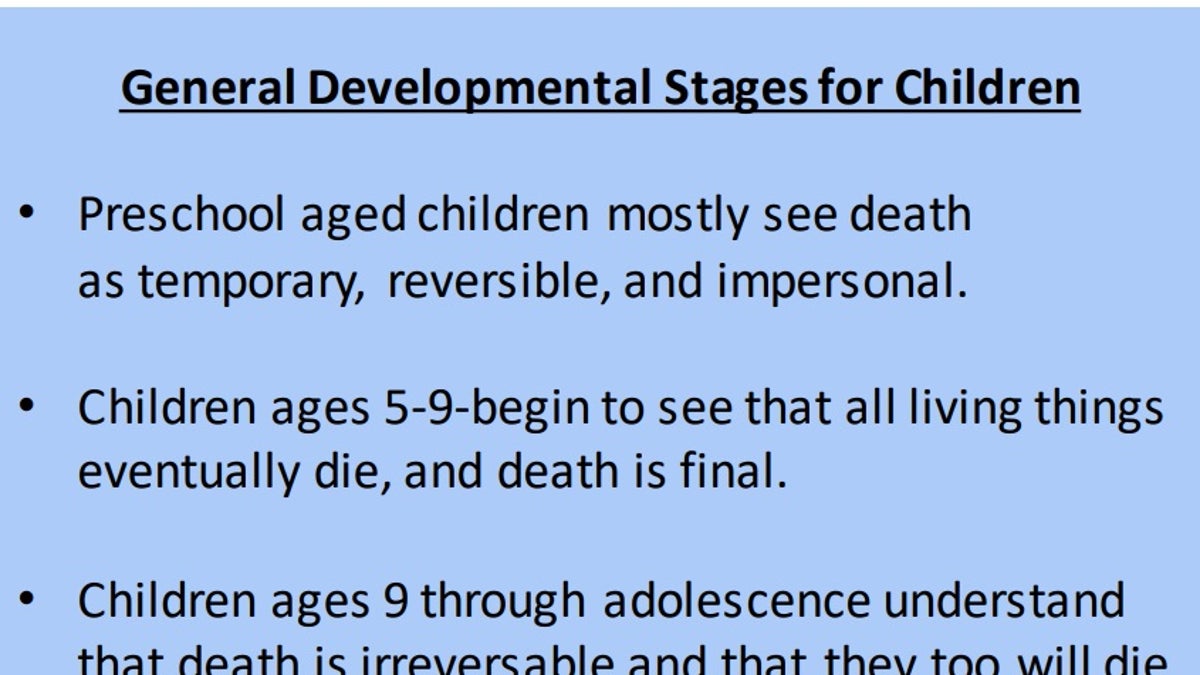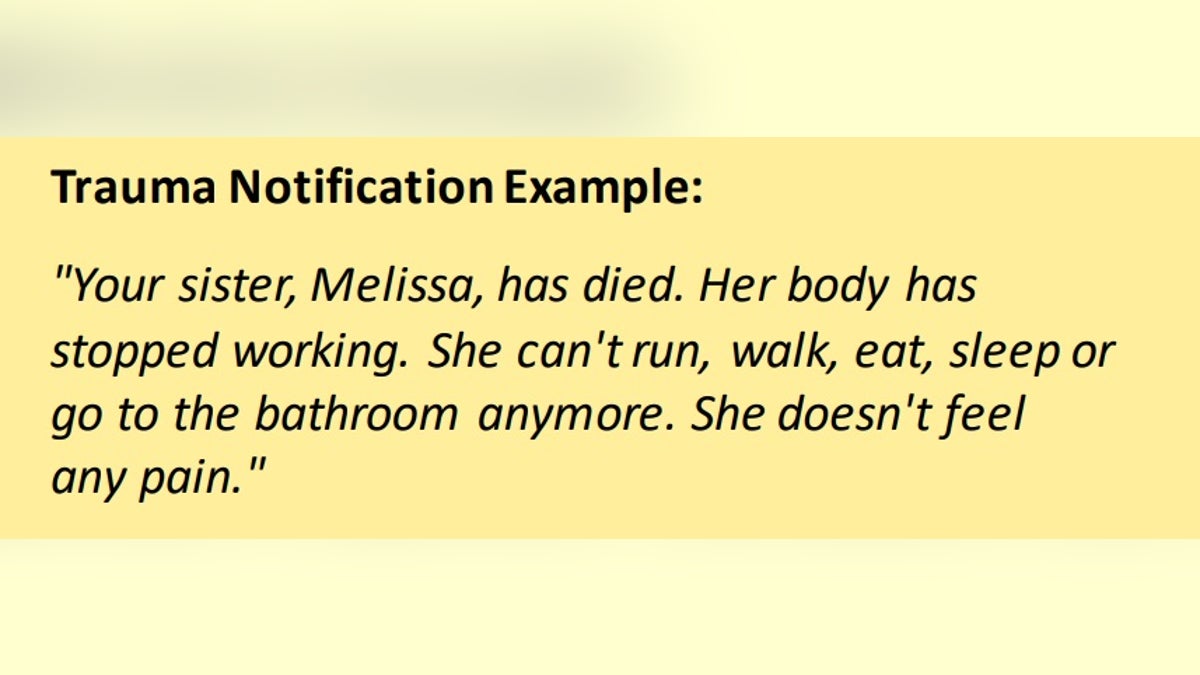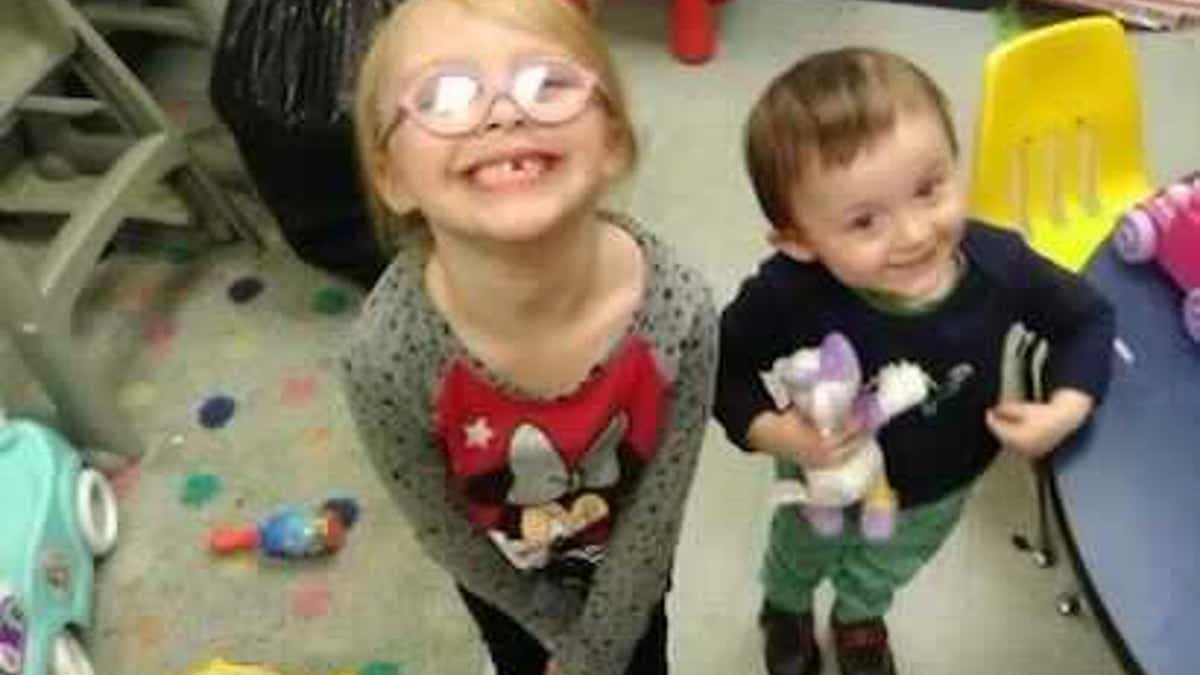'Anxious Generation' author cautions parents about smartphones
Social psychologist Jonathan Haidt on how smartphones and social media has negatively impacted the mental health of teenagers and how this can be solved.
How a child's question – such as "Where's mommy?" – in the wake of a crime or traumatic event is answered can either help a child cope, or snowball into violent, depressing adulthood, studies show.
"The child may see the event as an intense threat to his or her safety and will typically experience a high level of fear or helplessness," according to a report by the National Institute of Justice (NIJ) published in April 2021.
"Trauma experienced during childhood may result in profound and long-lasting negative effects that extend well into adulthood. The direct effects may be psychological, behavioral, social and even biological."
It requires a very delicate approach by law enforcement that explains the truth in a way children can process while letting them know they're not alone, the FBI said Monday.
AT LEAST 3 FEMALE COLLEGE STUDENTS RANDOMLY ATTACKED IN 30 MINUTES PART OF SPIKE IN ON-CAMPUS CRIMES

Inside the FBI command post, which includes dozens of law enforcement agencies, to protect NYC during the Times Square New Year's festivities. (FBI)
It's one of many topics discussed by the bureau as part of National Crime Victims Rights Week, which focused on training agents about talking to families who lost a loved one in a traumatic event.
That includes incidents from natural disasters to car crashes, as well as crimes like a recent Florida homicide, where a 10- and 17-year-old saw their father fatally shoot their mom, Jamie Felix.
TEACHER'S CHILDREN FOUND WITH SLAIN MOM AFTER ‘DISGUISED’ HUSBAND KIDNAPPED THEM: POLICE

Children "rely on caregivers for emotional and physical safety and care" during times of crisis, the FBI said. (iStock)
"Children have less experience and internal resources to draw upon at times of crisis," the FBI said. "They rely on caregivers for emotional and physical safety and care. Sudden and traumatic death interferes with a child's sense of control and safety in the world."
The internal trauma can immediately become a physical reaction, such as absences in classes, poor school performance and violence, while extending to adulthood, according to the NIJ report.
These effects are associated with longer-term consequences, including risk for further victimization, adult criminality, substance abuse, depression and chronic diseases, the report says.

Jamie Felix was a Florida teacher who was killed on March 29 in front of her children. (Dignity Memorial Obituary; Facebook)
The 2021 NIJ report, which combines seven studies, concluded, "All of these findings underscore the importance of preventing child maltreatment and children’s exposure to violence as victims or witnesses."
"One conclusion that may be drawn from several of the studies is that it will likely require coordination across sectors, including, but not limited to, the justice system, to carry out effective strategies for mitigating the harm from childhood trauma and reducing the link to justice system involvement," the report says.
REAL-LIFE CASE THAT INSPIRED ‘THE CONJURING’ ‘SCARED US S---LESS’: LAWYER
Many of the themes and findings seem to have been incorporated into resources and information released by the FBI this week, as one of several areas of trauma notification training that includes updated videos, a phone app and countless resources.
Here are four steps outlined by the FBI when talking to children about traumatic events in their family, along with important factors to keep in mind. (Full FBI pamphlet with resources are included below.)

FBI Director Christopher Wray speaks during a news conference on Aug. 10, 2022, in Omaha, Nebraska. (AP Photo/Charlie Neibergall, File)
STEP ONE: Provide trauma notification in a private space
Those who have to provide traumatic news to a child should talk to the child alone in a quiet room, according to the FBI, which recommended a parent or close caregiver.
"If a caregiver is unable to provide the notification, identify an adult who is known, close and supportive," the FBI says. "This ensures the notification is done in a culturally appropriate, spiritually sensitive manner."
It's important this talk is out of sight and earshot from crowds of adults, or even older children, which can "overwhelm" a child.
POLICE RESCUE WOMAN FROM SERIAL KIDNAPPER IN SHOCKING BODYCAM VIDEO
And a child's age is very important to the delivery because of how much their brains are developed.
Preschool-aged children "mostly see death as temporary, reversible and impersonal," ages 5 to 9 "begin to see that all living things eventually die, and death is final," and 9 into adolescence, they "understand death is irreversible" while coming to grips with their own mortality, according to the FBI.

General stages of how children of different ages process and understand death, according to the FBI. (FBI)

The FBI offered tips on how to speak to children about trauma. (Getty Images)
STEP TWO: Be honest
Where there's death of a loved one, there will be pain. There's no way around it.
"When children are not told the truth, they are often confused about what has happened," the FBI says.
CHILD WHO SURVIVED 47-HOUR ABDUCTION FROM STATE PARK CREDITED FOR AIRTIGHT CASE AGAINST CAPTOR
The FBI said as an example: "Your sister, Melissa, has died. Her body has stopped working. She can't run, walk, eat, sleep or go to the bathroom anymore. She doesn't feel any pain."

The FBI said it's important to be honest with children in traumatic experiences and explain death in terms of physical functions ceasing. (FBI)
STEP THREE: Delivery
That leads directly into step three, which explains how to talk to children in these situations.
A soft-tone voice is the best approach, and keep the language age-appropriate. An adolescent-age child can process more than younger kids, who will be overwhelmed by too much information, according to the FBI.
POLICE RESCUE WOMAN FROM SERIAL KIDNAPPER IN SHOCKING BODYCAM VIDEO
Also, consider siblings, who will often share with one another how they're feeling and what's going on.
Be prepared for a variety of emotional responses, which can be immediate or delayed.

The FBI said it's important to consider how to speak to children about trauma. (iStock)
STEP FOUR: Follow up
The talk is over at this point. Children of all ages have to let the information sink in. Some, particularly as they get older, will likely think about it more than younger children.
As the news sinks in, they likely will have questions and look to the adults and caregivers on how to grieve, according to the FBI.
"Be available to answer questions," the FBI stressed, while attempting to get the child back into a normal routine, if possible. "Validate the child's emotional response and let them know they can expect to feel a variety of emotions over time."
And don't be surprised if the caregiver has to repeat details, or even the entire process, especially when dealing with younger children.
FULL FBI STEPS AND RESOURCES
BONUS TIP: Limit/avoid social media and news coverage
A last bit of advice is to limit or remove social media and news media coverage of a particular case.
When 7-year-old Harmony Montgomery seemingly vanished from her biological father's home in New Hampshire, the story made national headlines, but was even more prevalent on local news. Her father, Adam Montgomery, was convicted in February of murdering her.
She had been separated from her younger biological brother, Jamison, in the foster care system, where their bond was described as "inseparable."

Missing Harmony Montgomery and her little brother Jamison at a foster home more than two years ago. (Courtesy: Johnathon Bobbitt-Miller)
Jamison was adopted by a loving couple – Blair Miller and Johnathon Bobbitt-Miller – who told Fox News Digital in previous interviews how they spoke to Jamison about Harmony and kept him away from news coverage.
Blair said Jamison frequently asked, "Where's Harmony," and thought every doorbell ring was his big sister "coming home."
CLICK HERE TO GET THE FOX NEWS APP
The doting parents explained what they could in broad strokes, essentially following the FBI steps, and said they'll explain more and more to Jamison as he gets older and asks questions.
They still celebrated Harmony's birthday as the case unfolded and acknowledged the feelings of Jamison, who was 5 when the horrific situation began to unravel.





















